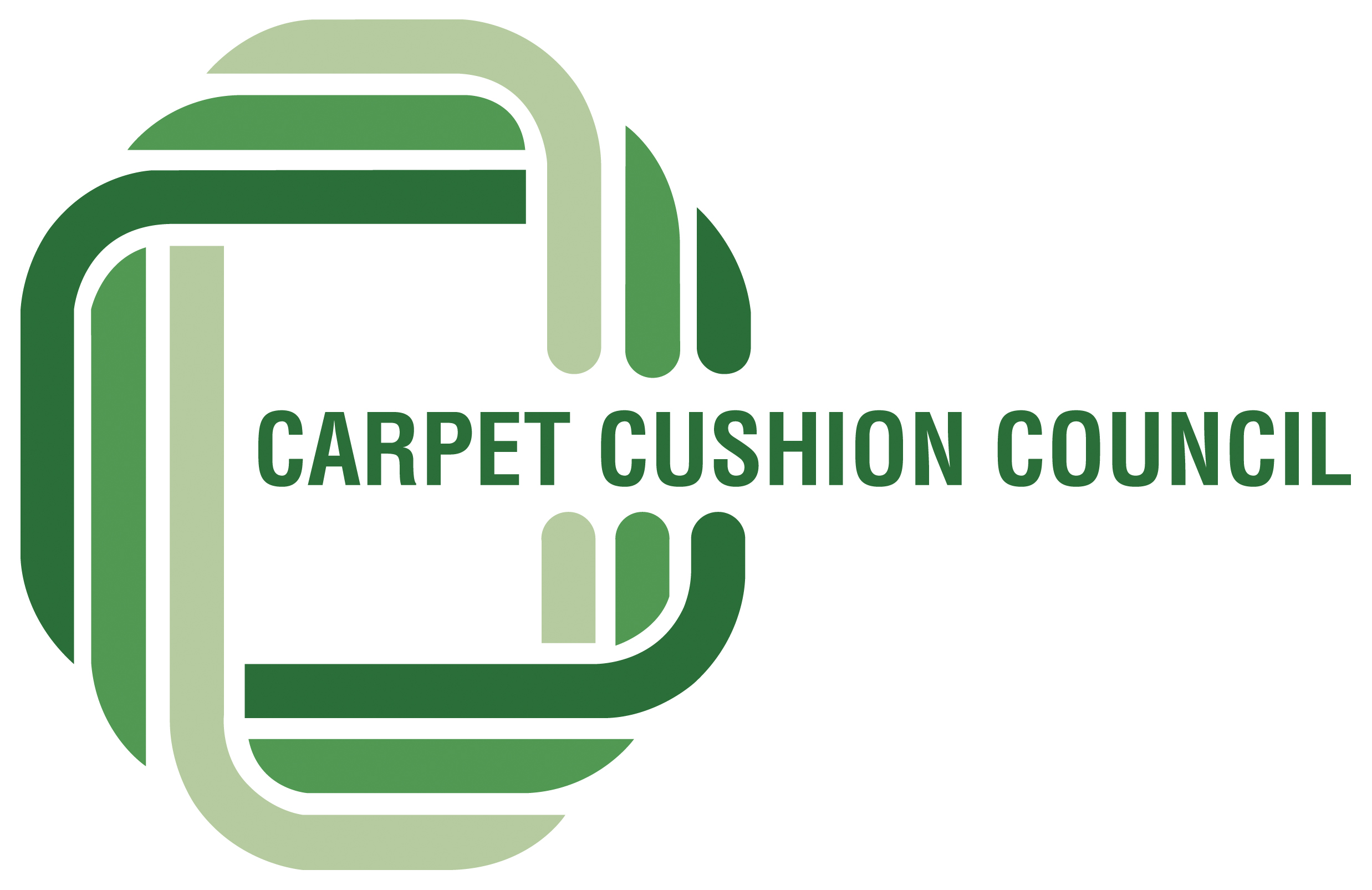Acoustical Characteristics of Carpet Cushioning
When properly selected, the combination of carpet and cushion represents a viable method for acoustical management in buildings. Sound absorption, transmission and impact noise can be reduced by carpet/cushion combinations.
Sound Absorption. Acoustical behavior is frequency dependent. Noise Reduction Coefficient (NRC) values for which are determined over a frequency range from 250 to 2,000 Hz., representing high to low pitched sound. In studies carried out by the Carpet and Rug Institute, NRC values as high as 0.7 were found with certain carpet/cushion combinations. An NRC value of 0 represents total reflection of sound, and a value of 1.0 corresponds to complete absorption of sound.
Sound Transmission through walls and floors is frequency dependent. Transmission of low frequency sound is greater than high frequency sound. Construction type, such as concrete and wooden structure, also influences sound transmission behavior. Sound Transmission Class (STC) values are determined by a standard ASTM method. Carpet/cushion combinations received a rating of 49, indicating that loud speech and noise will usually not be heard. A rating of 60+ is considered to be good soundproofing.
Impact Noise testing is carried out using a tapping machine, located on the flooring structure, combined with noise measurement in an isolated chamber situated below the floor. Results show that carpet performance is greatly enhanced by addition of cushion.
A CRI Technical Bulletin “Acoustical Characteristics of Carpet” which details studies carried out with different carpet types and cushion combinations may be viewed on the CRI website: www.carpet-rug.org followed by selecting “Resources“ / “Technical Bulletins” / “General Carpet Characteristics”.
